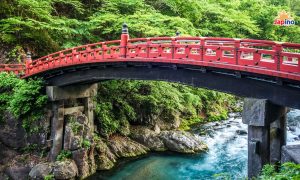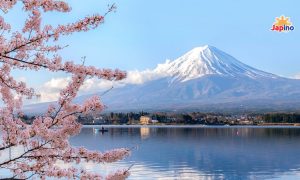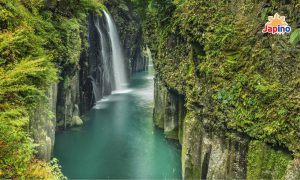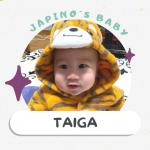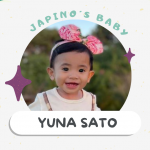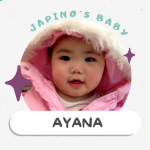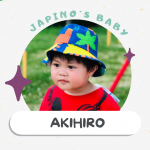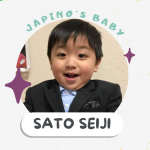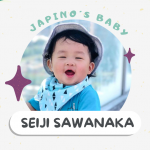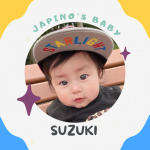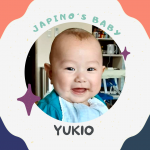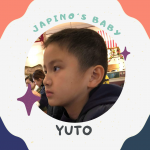5 Things to Know About Traveling to Japan in Year 2022 and Beyond

While other countries were quick to open up following the end of the worst of the COVID-19 pandemic, Japan took its time. First, returnees were allowed back, then tourists were allowed in on group tours, but now Japan is finally opening its doors to tourists to make their own itineraries again.
In this article, we look at what that means for visitors and some of the new regulations that visitors need to be aware of.
1. What’s the COVID-19 Situation?
Despite “opening up,” it doesn’t mean that Japan lets anyone with a passport enter. Japan has a list of necessary vaccines, and at the time of writing this article, includes a third dose of the COVID-19 vaccine.
Those unable (or unwilling) to get the vaccine will need proof of a negative PCR test within 72 hours of boarding their flight. Interestingly for those under 18, their status is determined by their parents’ vaccination status. Of course, this is subject to change, so watch for announcements and go to the Visit Japan page to complete the forms for immigration.
Currently, the situation surrounding masks is complicated. While the Ministry of Health, Labour and Welfare in Japan includes recommendations not to wear masks outside and there is no need inside except in close proximity, most people in Japan wear them regardless mostly as a courtesy to others.
For those that don’t like to mask, a trip to Japan has been made a lot trickier a new bill has been drafted that protects hotels that refuse guests because of “unwillingness to take part in appropriate coronavirus precautions.” For those caught off guard that need a mask in an emergency, simply head to the nearest convenience store.
2. How Much Does Traveling To (and around) Japan Cost?
Currently, there are limited flights to many areas, therefore, most arrivals will be to the big cities of Tokyo or Osaka (which makes Kyoto, Kobe, Mie and Nara accessible). Be careful with very tight schedules as there are reports of airports being overbooked and understaffed, especially for those tourists flying onwards to smaller areas.
Japan is still considered a relatively expensive country to travel within the country. The train lines tend to be convenient and effective, but there are limited choices of ways to travel between major cities. The faster, more costly options are flying and using the bullet train, whereas the cheaper but more time-consuming options are private railways, local trains, and buses.
3. What Are The Prices Like?
Visitors face a strange situation: inflation is currently high, but the yen is weak, with it currently at a 32-year low against the American dollar. This seesaw balances out in the visitor’s favor, but it is worth watching daily exchange rates as they fluctuate wildly.
Also, some areas are seeing spikes in prices caused by Japan’s National Travel Discount Program, which offers subsidies for Japanese who wanted to visit popular sites in their country. Despite its stated aim of encouraging visits to lesser-known areas, since implementation, it has caused many tourists to book popular spots and the prices have skyrocketed to compensate.
This project is expected to end on December 20, after which some areas could plummet in price, so it is worthwhile checking prices before and after this date.
4. How Crowded Spots Likely To Be?
A big difference from previous years is that the numbers of Chinese tourists are relatively low as President Xi continues to enforce the COVID-zero policy, which strongly limits outgoing tourists. While this is tough for Chinese tourists, some places popular with Chinese visitors like Hokkaido and Kyoto have (relatively) fewer people.
Despite this, famous spots are still likely to be crowded. The places that you see on postcards and tourist brochures like the Golden Pavilion (Kinkakuji), Tokyo Tower, Harajuku and Osaka Castle will always attract crowds. The big theme parks are limiting visitors, so expect them to be close to full capacity even on weekdays.
5. What Are Some Roads Less Traveled?
While everyone usually heads for the big sites and famous cities, several underlooked places deserve more attention. Nagoya, between Tokyo and Osaka, is a good way to break up the journey and has excellent food options, such as miso katsu (fried pork steak with miso-based sauce served on rice), and an abundance of temples and shopping options.
Some options for visitors who want to experience Japan with manageable crowds may be to look for areas similar to the well-known sites but lesser known. For example, the giant buddha of Kamakura in Kanagawa is a lesser-known site but equally well-visited. Similarly, for those that can’t visit the recently opened Ghibli Park, try visiting some of the areas that inspired them to feel like you are in a Ghibli movie without the crowds.
© Gaijinpot Blog


